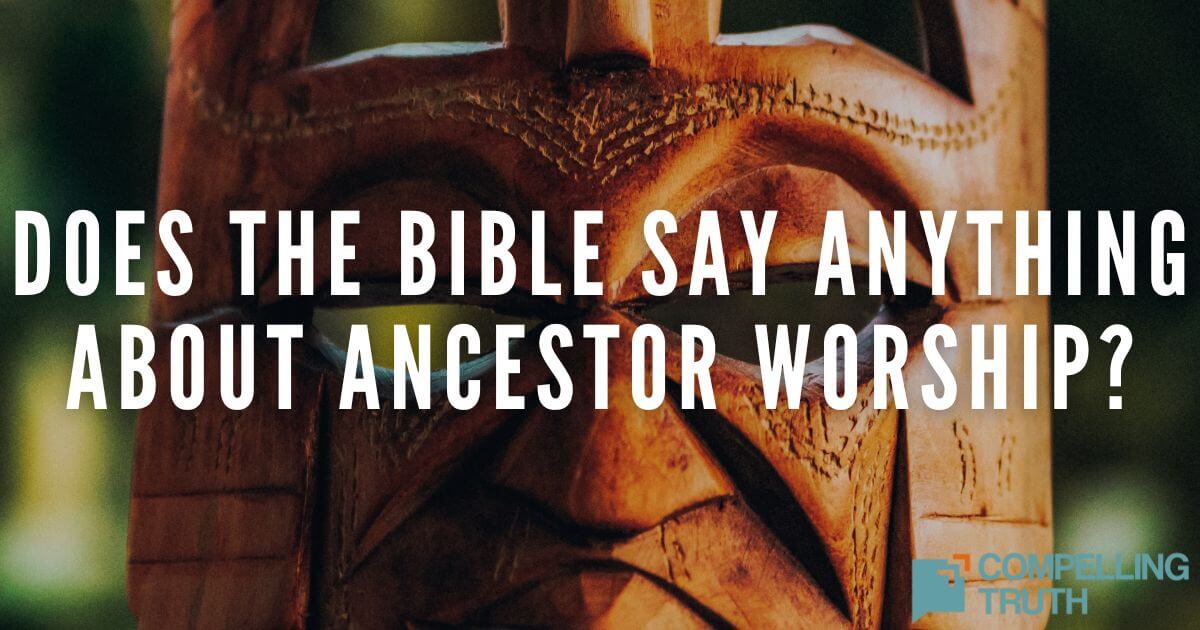About ten percent of people worldwide practice some form of folk religion, the largest being Chinese folk religion. However, no two folk religions are identical. Each draws from its own ethnic or regional religious traditions to form a unique set of beliefs and practices.
What sets folk religion apart is its non-conformity to official doctrines and practices, and its regional, native, or indigenous uniquenesses.
There are some commonalities throughout folk religions worldwide. Most rely on sympathetic magic or superstition. Sympathetic magic is a belief that like forces influence like forces; for example, the belief that the movement of stars and planets have influence on events or human experiences.
Some say some Christian practices follow a somewhat sympathetic magic. For example, the symbolic consumption of Jesus' body and blood during communion could be seen as sympathetic magic in that an outsider would see a person taking a magic substance to find divine blessings, though this is not what the taking of communion actually is, biblically speaking.
Sometimes a group of people will mix their folk religion in with a more common belief system producing "folk Christianity" or "folk Islam." Those who practice the orthodox of a major religion see the bastardization of their beliefs as wrong and heretical.
The ritualistic nature of folk religion brings about the use of animistic or fetishistic rituals and ceremonies to produce favor from a god, a group of gods, or the controlling force of the universe. Also common to folk religion are things like belief in the Evil Eye; use of rituals for fending off curses, evil, or demons; practice of blessing various crops and animals; fertility rites; practice of traditional witchcraft; prayers of thanksgiving or grace prior to meals and similar domestic rituals; veneration of ancestors, particularly in Jewish, Christian, or Islamic homes; participation in hoodoo, voodoo, pow-wow and Santería; handling snakes; hex signs; use of religious jewelry and art; use of religious objects such as a Bible or crucifix as a talisman; and certain systems of interpretation of end-times prophecies.
All religious practices should be measured against the Bible. Clearly some of the above-mentioned practices, such as prayers of thanksgiving and right interpretation of biblical prophecy, are in line with biblical Christianity. However others, such as participation in any form of witchcraft or veneration of the deceased, are clearly against biblical Christianity. When a certain practice is not supported by the truth of God's Word, it should be rejected.
What sets folk religion apart is its non-conformity to official doctrines and practices, and its regional, native, or indigenous uniquenesses.
There are some commonalities throughout folk religions worldwide. Most rely on sympathetic magic or superstition. Sympathetic magic is a belief that like forces influence like forces; for example, the belief that the movement of stars and planets have influence on events or human experiences.
Some say some Christian practices follow a somewhat sympathetic magic. For example, the symbolic consumption of Jesus' body and blood during communion could be seen as sympathetic magic in that an outsider would see a person taking a magic substance to find divine blessings, though this is not what the taking of communion actually is, biblically speaking.
Sometimes a group of people will mix their folk religion in with a more common belief system producing "folk Christianity" or "folk Islam." Those who practice the orthodox of a major religion see the bastardization of their beliefs as wrong and heretical.
The ritualistic nature of folk religion brings about the use of animistic or fetishistic rituals and ceremonies to produce favor from a god, a group of gods, or the controlling force of the universe. Also common to folk religion are things like belief in the Evil Eye; use of rituals for fending off curses, evil, or demons; practice of blessing various crops and animals; fertility rites; practice of traditional witchcraft; prayers of thanksgiving or grace prior to meals and similar domestic rituals; veneration of ancestors, particularly in Jewish, Christian, or Islamic homes; participation in hoodoo, voodoo, pow-wow and Santería; handling snakes; hex signs; use of religious jewelry and art; use of religious objects such as a Bible or crucifix as a talisman; and certain systems of interpretation of end-times prophecies.
All religious practices should be measured against the Bible. Clearly some of the above-mentioned practices, such as prayers of thanksgiving and right interpretation of biblical prophecy, are in line with biblical Christianity. However others, such as participation in any form of witchcraft or veneration of the deceased, are clearly against biblical Christianity. When a certain practice is not supported by the truth of God's Word, it should be rejected.



